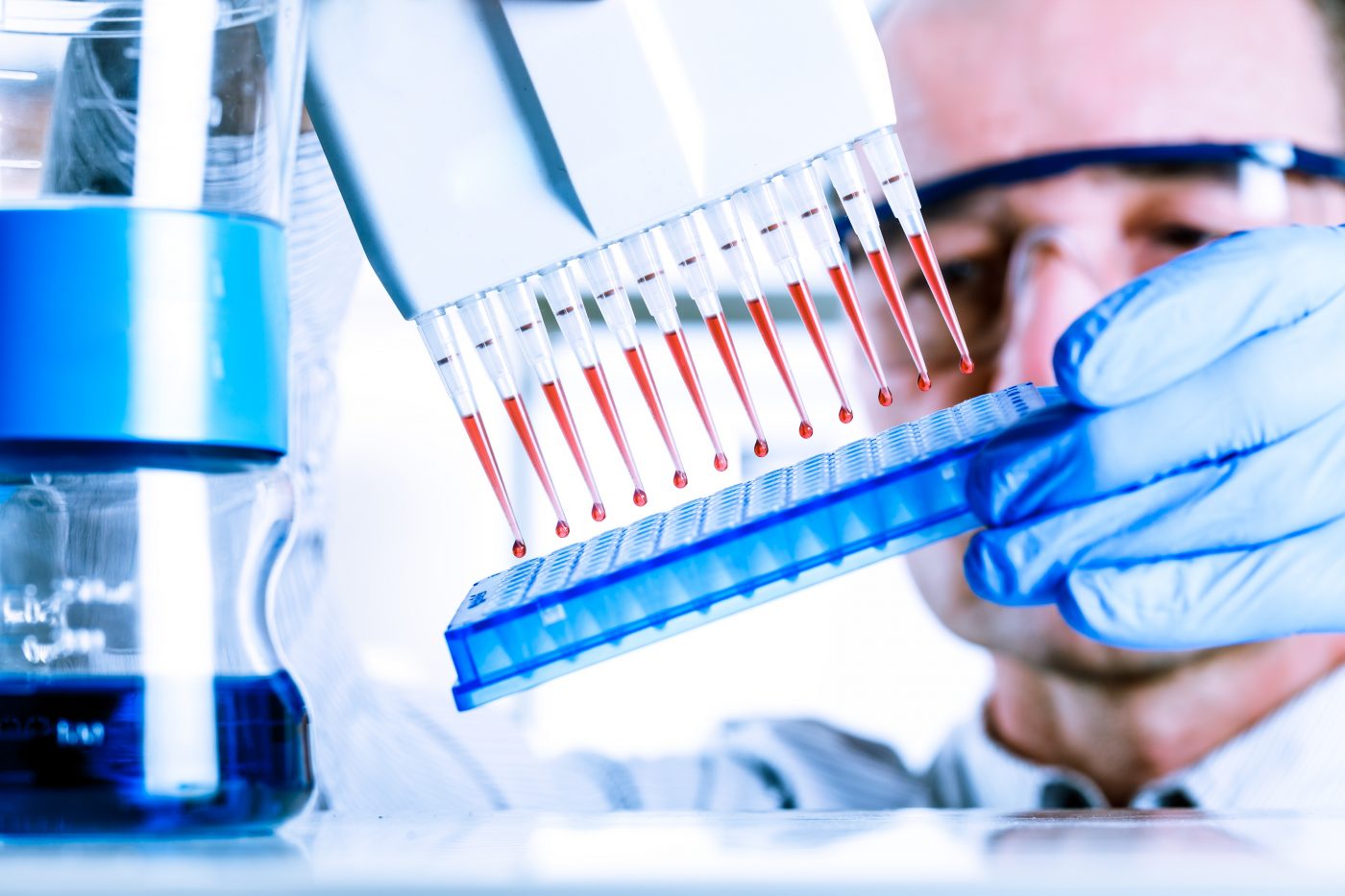10 Potential Genetic Biomarkers for Systemic Lupus Erythematosus Identified in Study
Written by |

Ten common marker genes related to systemic lupus erythematosus (SLE) have been identified from three different types of blood samples, with the potential to be used as biomarkers to diagnose or even predict SLE. They might also serve as therapeutic markers to measure how well SLE patients are responding to treatment.
The study, “Common Marker Genes Identified from Various Sample Types for Systemic Lupus Erythematosus,” published in PLOS One, shows 10 such marker genes exist for SLE and can be found in blood-born samples, important because blood samples are easy to obtain and widely used in research.
Chinese scientists used publicly available microarray gene expression datasets from three different types of blood samples: monocytes, a type of white blood cell; peripheral blood mononuclear cells also consisting of white blood cells; and whole blood samples.
About the 10 common marker genes associated with SLE, scientists reported:
- The expression of three of the genes, which are involved in immune system activity, is significantly upregulated in all three samples.
- Eight of the genes interact with each other, as well as with other known SLE susceptibility genes.
- The eight genes play a role in the immune response, the breakdown of RNA and protein, and cell death consistent with the pathological characteristics of SLE.
Although previous studies had identified a list of susceptibility genes for SLE, it was unclear whether common marker genes significant for SLE could be obtained from different sample types.
These genetic blood biomarkers have considerable potential to predict and diagnose SLE, and to measure a drug’s therapeutic effects.
Additionally, the study described the way the 10 marker genes interacted with each other and other known SLE susceptibility genes. The work could help construct a network of interaction among all SLE-related genes known so far, resulting in a gene expression signature for SLE.
More work is required to further investigate the marker genes and decipher their potential diagnostic or therapeutic roles.
“The 10 common marker genes, identified herein, deserve follow-up studies to dissert their potentials as diagnostic or therapeutic markers to predict SLE or treatment response,” the study’s authors concluded.




